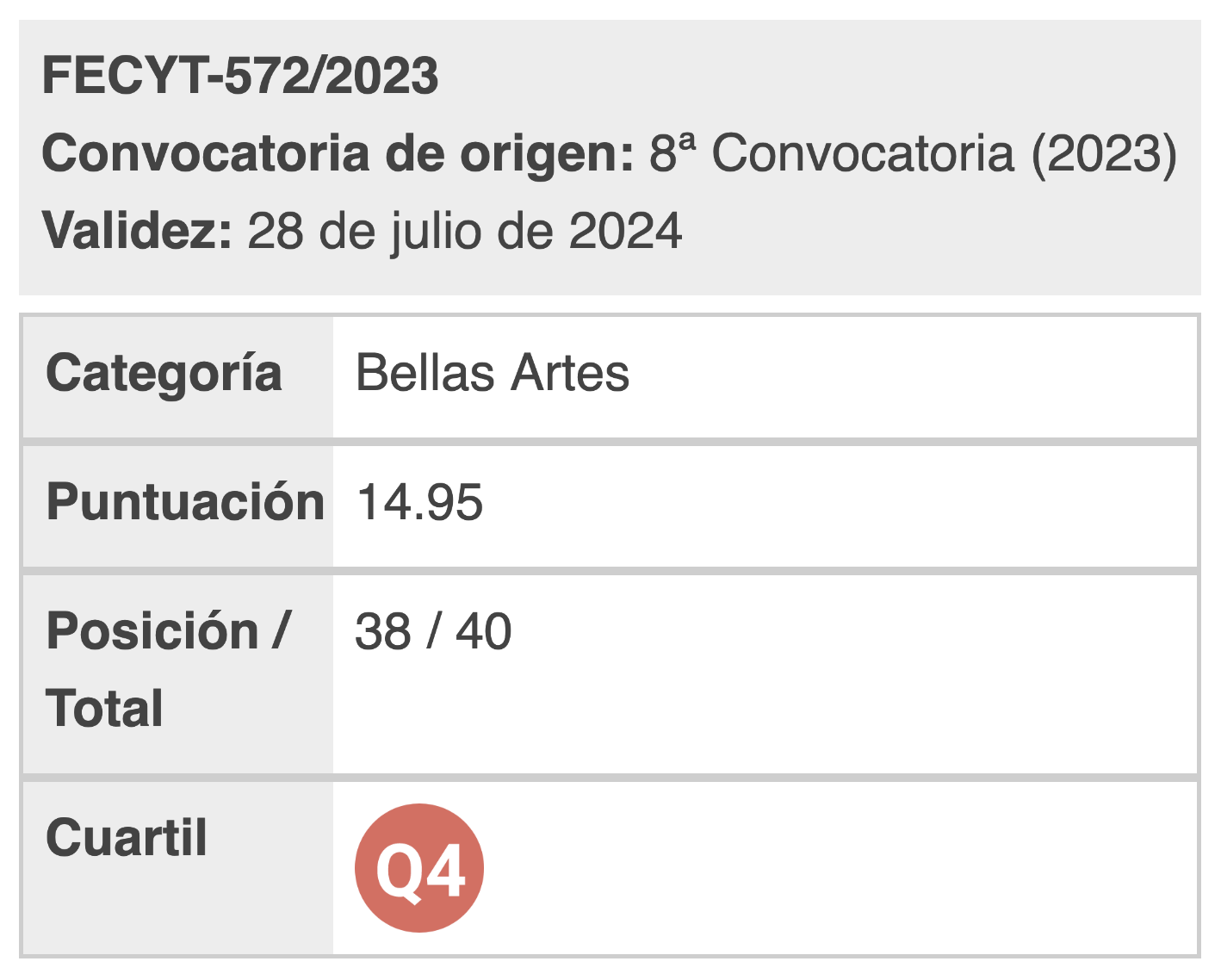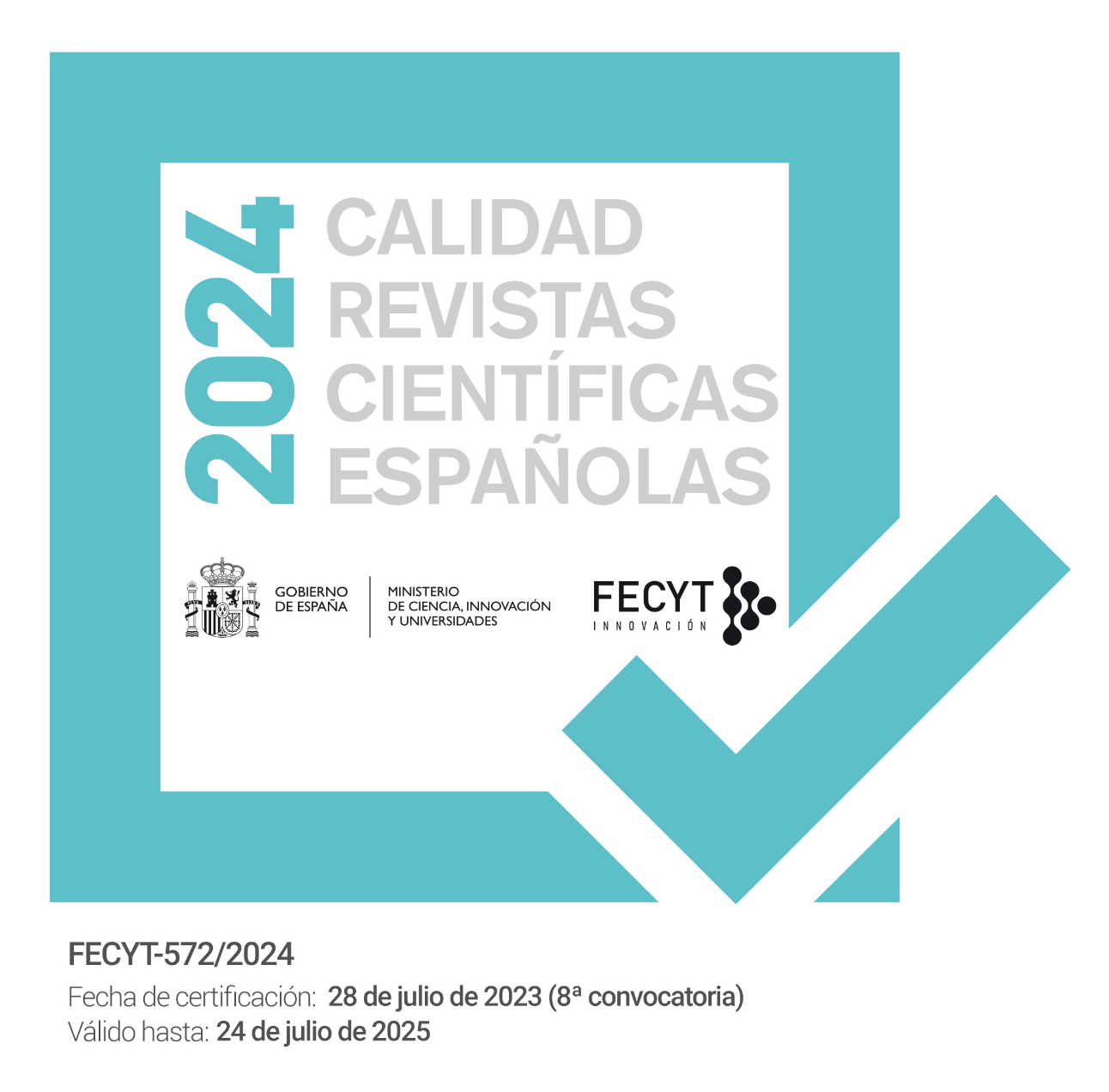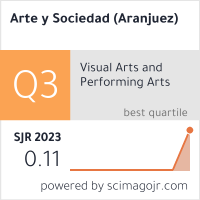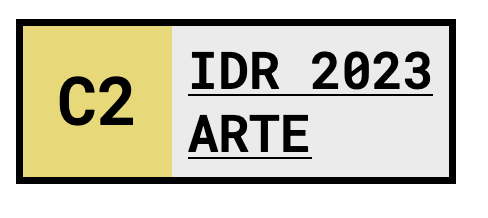Paleoartistic study on the Tyrannosaurus Rex in the audiovisual industry
DOI:
https://doi.org/10.5281/zenodo.7655084Keywords:
Paleoart, Scientific drawing, Comparative AnatomyAbstract
Tyrannosaurus Rex, as known as ‘T-Rex’, is one of the most recognizable and represented dinosaurs in diverse media. Every design that adheres with paleontological data has a paleoartistic background; this article shows research about the development of the creature within different production companies of the audiovisual industry in order to analyze the reconstruction of tyrannosaurus within the paleoart conceptual framework, so we could infer trends and future projection of its image.
References
Ansón, Marco, (2015). “Paleoart: term and conditions (a survey among paleontologists)”, en DOMINGO et al. (ed.) Current Trends in Paleontology and Evolution. Cercedilla, pp. 28–34.
Antón, Mauricio, (2016). “El paleoartista perplejo”, en Líneas Actuales de Investigación en Paleoarte. Madrid, pp. 14–16.
Bell, Phill R. et al., (2017). “Tyrannosauroid integument reveals conflicting patterns of gigantism and feather evolution” en Biology Letters, 13, pp. 1-5.
Cambell, Geoff, 2 de febrero de 2016. “Interview: ILM on Jurassic World” en ZBrush Central. (http://archive.zbrushcentral.com/showthread.php?198673-Interview-ILM-on-Jurassic-World) [Junio, 2019]
Carpenter, Kenneth, (2002). “Forelimb biomechanics of nonavian theropod dinosaurs in predation” en Senckenbergiana Lethaea, 82, pp. 59–75.
Chapman, Ralph E. et al., (1997). “Sexual Dimorphism in Dinosaurs”, en Dinofest International. Proceedings of a Symposium Sponsored By Arizona State University. Academy of Natural Sciences, pp. 83–93.
Disney Pixar, (2015). “The Good Dinosaur” en Pixar. (https://www.pixar.com/feature-films/the-good-dinosaur) [Julio, 2019]
Glut, Donald F., (2008). “Tyrannosaurus Rex: a century of celebrity”, en Larson y Carpenter (ed.) Tyrannosaurus Rex, the Tyrant King. Indiana University Press, pp. 399–427.
Goodrich, Samuel G., (1859). Illustrated Natural History of the Animal Kingdom. Derby & Jackson.
Gurche, John, (2019). “Jurassic Park” en John Gurche PaleoArtist. (http://gurche.com/) [Julio, 2019]
Hallett, Mark, (2013). “Sketch me a Spitter!” en Prehistoric Times, pp. 47–49.
Knight, Rhoda, (2002). “Learn about Knight’s life” en The World of Charles R. Knight. (http://www.charlesrknight.com/Biography.htm) [Mayo, 2019]
Nolte, Matt, 16 de noviembre de 2015. “Pixar Animator, Matt Nolte Interview” en YouTube. (https://www.youtube.com/watch?v=f-cMPnp44VY) [Julio, 2019]
Paul, Gregory S., (1987). “The science and art of restoring the life appearance of dinosaurs: a rigurous how to guide” en CZERKAS y OLSON (ed.) Dinosaurs Past and Present. Seattle y Londres: Natural History Museum of Los Angeles County in association with University of Washington Press, pp. 4–49.
Paul, Gregory S.,(2009). “Changing Times, Bringing them back to life.” en The science and art of Gregory S. Paul, pp. 5 (http://gspauldino.com/part4.html) [Julio 2019]
Ross, Robert M. et al., 2013. “The Posture of Tyrannosaurus rex: Why Do Student Views Lag Behindthe Science?” en Journal of Geoscience Education, 61, pp. 145–160.
Saurian Development Team, 6 de octubre de 2018. “Tyrannosaurus Redesign 2018”, Saurian. https://sauriangame.squarespace.com/blog/2018/9/20/tyrannosaurus-redesign-2018.
Xu, Xing et al., (2012). “A gigantic, feathered dinosaur from the Lower Cretaceous of China” en Nature, 484, pp. 92–95.

Published
How to Cite
Issue
Section
License

This work is licensed under a Creative Commons Attribution 4.0 International License.
You are free to:
Share — copy and redistribute the material in any medium or format.
Adapt — remix, transform, and build on the material for any purpose, including commercial.
Attribution — You must properly acknowledge the authorship, provide a link to the license, and indicate if any changes have been made.
You may do so in any reasonable manner, but not in any way that suggests that you endorse or receive any endorsement by the licensor for your use.
No additional restrictions — You may not apply legal terms or technological measures that legally restrict you from doing what the license allows.



























